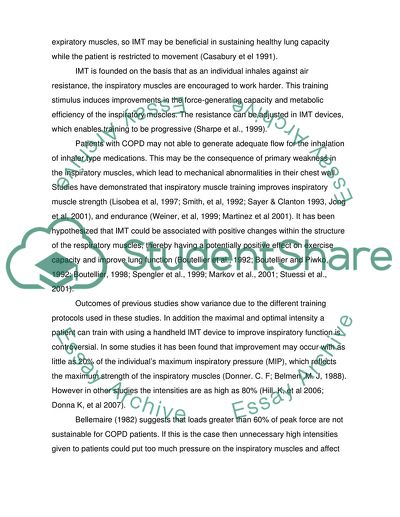Cite this document
(“Training Intensities Essay Example | Topics and Well Written Essays - 1500 words”, n.d.)
Training Intensities Essay Example | Topics and Well Written Essays - 1500 words. Retrieved from https://studentshare.org/health-sciences-medicine/1551540-the-purpose-of-this-study-is-to-test-two-different-training-intensities-and-its-affects-on-lung-function-in-healthy-individuals
Training Intensities Essay Example | Topics and Well Written Essays - 1500 words. Retrieved from https://studentshare.org/health-sciences-medicine/1551540-the-purpose-of-this-study-is-to-test-two-different-training-intensities-and-its-affects-on-lung-function-in-healthy-individuals
(Training Intensities Essay Example | Topics and Well Written Essays - 1500 Words)
Training Intensities Essay Example | Topics and Well Written Essays - 1500 Words. https://studentshare.org/health-sciences-medicine/1551540-the-purpose-of-this-study-is-to-test-two-different-training-intensities-and-its-affects-on-lung-function-in-healthy-individuals.
Training Intensities Essay Example | Topics and Well Written Essays - 1500 Words. https://studentshare.org/health-sciences-medicine/1551540-the-purpose-of-this-study-is-to-test-two-different-training-intensities-and-its-affects-on-lung-function-in-healthy-individuals.
“Training Intensities Essay Example | Topics and Well Written Essays - 1500 Words”, n.d. https://studentshare.org/health-sciences-medicine/1551540-the-purpose-of-this-study-is-to-test-two-different-training-intensities-and-its-affects-on-lung-function-in-healthy-individuals.


